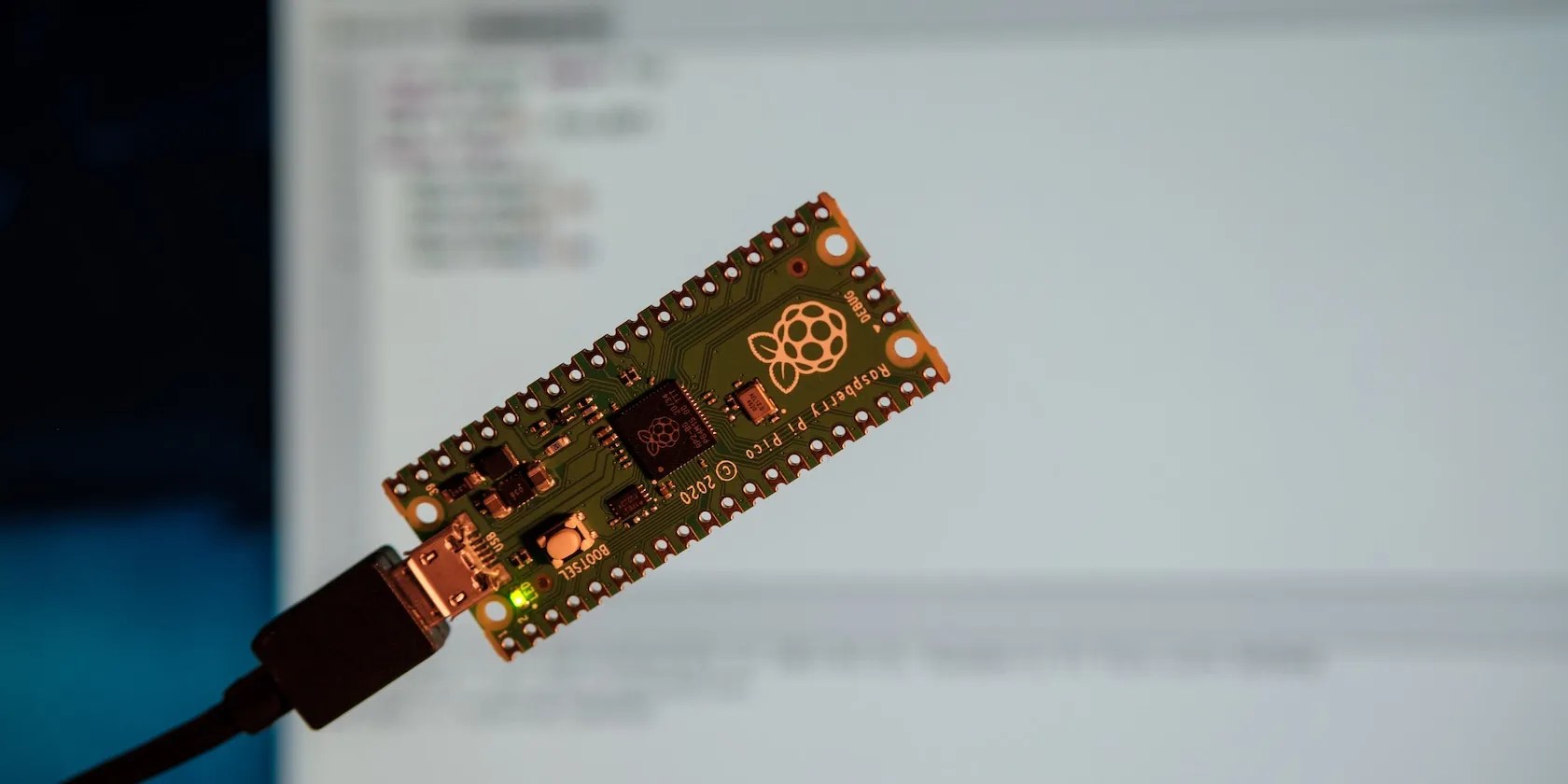How to Use the Raspberry Pi Imager’s Advanced Options
The Raspberry Pi is a single-board computer with diverse applications. While it’s meant to be easy to set up and use, many people still find the process a bit challenging.
To this end, the official Raspberry Pi Imager tool makes writing an operating system onto a microSD card to use with your Raspberry Pi super-easy. In addition, Imager has a few advanced options hidden underneath that can be quite useful at times.

How to Access the Advanced Options in Raspberry Pi Imager
Starting with v1.6, the Raspberry Pi Imager includes advanced options. Unlike other Imager options, which are laid out upfront in the app, these options aren’t as easily accessible; they’re hidden at first. There are two ways to access them:
What Advanced Options Does Imager Offer?
When you bring up theAdvanced optionswindow, you’ll see a bunch of settings to play with. Here’s a quick overview of these options and how to use them.
1. Set Hostname
A hostname is an identifier for your Raspberry Pi. It determines how your device appears on the network. Tick the checkbox forSet hostname, tap on the text field, and give a unique name to your Pi in place of the defaultraspberrypi.
2. Enable SSH
SSH or Secure Shellallows you to remotely access your Raspberry Pi through a terminal on another device over an unsecured network. It’s especially useful when you need to work on a Raspberry Pi in a headless installation.
Tick theEnable SSHcheckbox and make sure theUse password authenticationradio button is selected. Now, type in your preferred username in theUsernamefield and a strong password in thePasswordfield.

Alternatively, it’s possible to use public-key authentication, in which case you’ll need to selectAllow public-key authentication onlyand enter the authorized keys for your computer. To generate the latter, enter the commandssh-keygenin a Terminal; pressEnterto skip renaming the files, add an optional passphrase, then copy the contents of the public key file—id_rsa.pubby default—into the field in Imager.
3. Configure Wireless LAN
A Raspberry Pi requires an internet connection to install programs, browse the internet, and perform several other operations. Although you’re able to configure this later, Imager lets you do it beforehand, so that your Pi automatically connects to your network when you boot it the first time.
To do this, enable the option by ticking theConfigure wireless LANcheckbox. Then, enter the SSID (network name) and the password of your Wi-Fi connection. Finally, use theWireless LAN countrydropdown and select your region.

4. Set Locale Settings
Locale settings are parameters that define various country-specific preferences. In Imager, you can use them to set your time zone and keyboard layout.
Start by ticking theSet locale settingscheckbox. After this, use theTime zoneandKeyboard layoutdropdown buttons to set them based on your region.

Save the Settings
Finally, when you’ve configured the advanced options in Imager, you need to save them. To do this, scroll to the top of the page, hit theImage customization optionsdropdown box, and select:
When done with the advance options, scroll to the bottom and hit theSAVEbutton.

Other settings
Besides configuration options, the Raspberry Pi Imager advanced options window gives you a few settings. It calls them “persistent settings”, and these include:
Get More Out of Raspberry Pi Imager With Advanced Options
Raspberry Pi Imager is an invaluable tool for those actively into Raspberry Pi project development. It makes the whole process of installing an OS a lot more seamless.
Thanks to the advanced options covered here, you’re able to extract even more out of the tool and get basic configurations on your Raspberry Pi done beforehand. That way, it’s up and running as soon as it’s loaded with the OS, and you won’t have to go through the manual setup process later.
If you like this idea, there are more ways to pre-configure your Raspberry Pi before booting.
What if you could configure Raspberry Pi OS before you booted your Raspberry Pi?
The best features aren’t the ones being advertised.
These are the best free movies I found on Tubi, but there are heaps more for you to search through.
It saves me hours and keeps my sanity intact.
Don’t let aging hardware force you into buying expensive upgrades.
When your rival has to bail out your assistant.